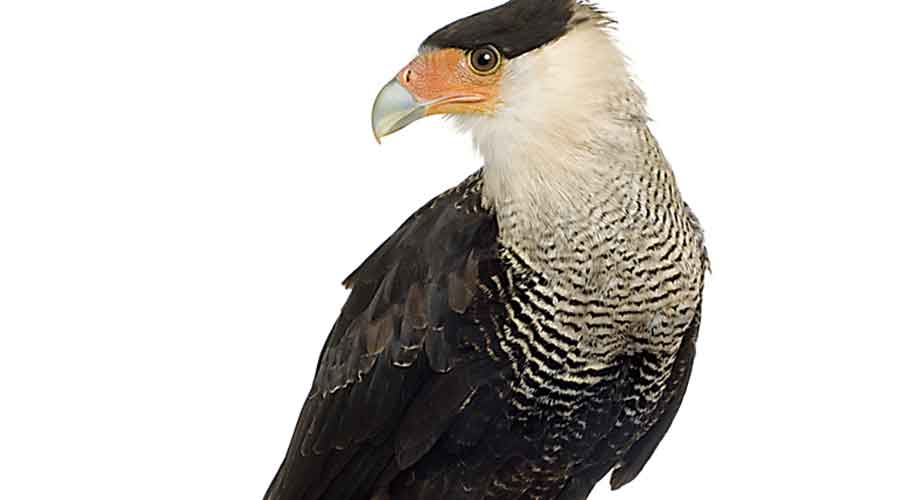Book: A Most Remarkable Creature:The Hidden Life and Epic Journey of the World’s Smartest Birds of Prey
Author: Jonathan Meiburg
Publisher: The Bodley Head
Price: Rs 1,699
When we think of animals — be it pets like dogs, utilitarian species like cows and horses or wild beasts like tigers — we imagine ourselves as caretakers, companions, trainers, consumers, saviours and, albeit occasionally, oppressors. Rarely, though, do we admit that with some animals, we are students. In his fascinating literary debut, Jonathan Meiburg shows that “evolution can fashion a mind like ours from different materials”. His subjects are caracaras — “one of the strangest and most wonderful animals on Earth” — whom he first encounters on a trip to the Falklands. Belonging to the same family as the sleek, swift peregrine falcon, the nine species of caracara are, by contrast, the inquisitive clowns of the raptor world: “curious, social, and brave, with many interests,” these birds of prey “refuse to behave like a species on the verge of extinction.”
Readers soon find themselves with a new favourite creature, a bird of prey that will feed on food that other predators would treat with disdain. That’s what a young Charles Darwin found out when he encountered caracaras during his voyage on the Beagle: “A large black glazed black hat,” he wrote, “was carried nearly a mile.” The birds also pilfered a compass in a leather case. Darwin was left puzzling over just what these strange creatures were up to. But it is the now largely-forgotten Victorian naturalist and novelist, W.H. Hudson, who plays the leading role in Meiburg’s book. Hudson, whose works inspired a young Darwin, was one of the first to write appreciatively about caracaras and his work seems to speak to Meiburg. So much so that Hudson is almost like a companionable presence throughout the book and some of his delightful prose enriches it.
In his efforts to answer larger questions, such as how the striated caracara became separated from its cousins, Meiburg journeys into the history of shifting land masses, their effect on species distribution and migration, and the asteroid strike responsible for mass extinctions. Meiburg is equally skilled at evoking the challenging environment of the Falklands as he is at placing his readers in the midst of a teeming jungle in Guyana, home to the elusive red-throated caracara. He weaves a seamless narrative peppered with deep, diverse observations — ever wondered what a pink-toed tarantula feels like after shedding its exoskeleton? With Meiburg’s prose as guide, one can almost feel that fresh skin hardening in the forest’s cool evening air. None of the details is extraneous to Meiburg’s narrative design. In fact, each of them leads the readers deeper into the forest, until Meiburg’s quest becomes ours too.
Meiburg lays bare human civilization’s conceit and the resultant condescension. The book reminds us that we cheat ourselves when we underestimate the intelligence of creatures we have deemed annoying or mundane. Birds, for instance, have been looked down upon for their presumed lack of emotions or intelligence — thus the term, bird brain. But Meiburg writes, “We now know that some birds are capable of nearly all — if not all — the attributes of consciousness we once reserved for ourselves.”
Meeting a caracara may be a remote possibility, but crows, hawks, songbirds and pigeons are not hard to come by. Borrowing Meiburg’s lens of wonder and empathy would allow us to see that they, too, are remarkable.











